
Coquille Valley Wildlife Area reopens to public use
Friday, October 5, 2018
CHARLESTON, Ore – The Coquille Valley Wildlife Area reopens in stages to public use in time for waterfowl season.
The Oregon Department of Fish and Wildlife will reopen the Beaver Slough tract October 13 and the Winter Lake tract October 20. Both tracts make up the 660-acre wildlife area and have been closed since June 1 for habitat restoration activities including tidal channel construction.
“Waterfowl season begins October 13, so we’re pleased we can reopen the Beaver Slough tract for duck and goose hunters,” said Stuart Love, Charleston District Wildlife Biologist. “The Winter Lake tract opens a week later so we can make sure the new tide gate system that will start flooding that portion of the wildlife area is functioning properly.”
Hunters should be aware the new tidal channels constructed on the Winter Lake tract will have varying levels of water according to tidal influence. Steep sides and water could make it difficult to get out of the channels, and ODFW advises hunters to wear a personal flotation around the tidal channels.
Hunters should also know some aspects of the Winter Lake restoration project are continuing into the fall and can expect to see staff planting vegetation and conducting project monitoring. Other recreationists may also be on the wildlife area.
The wildlife area can be accessed from North Bank Lane off Highway 42. An access permit is required and can be obtained at no cost at the information kiosk in the wildlife area’s parking lot on North Bank Lane.
###
Contact:
Stuart Love or Dominic Rocco: 541-888-5515



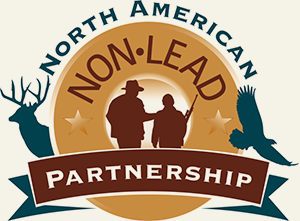
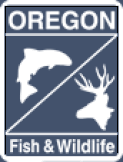
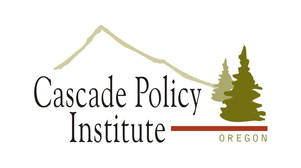
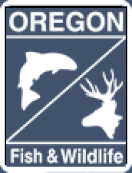

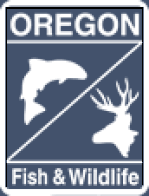
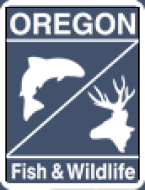
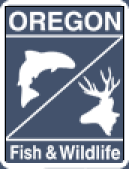
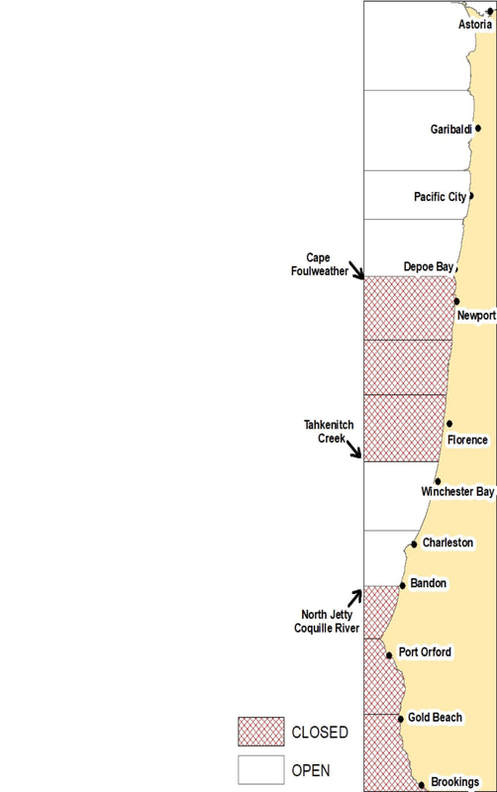
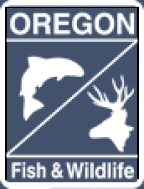
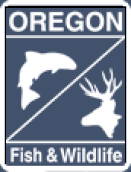
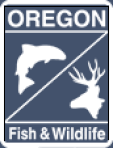
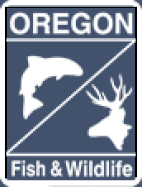
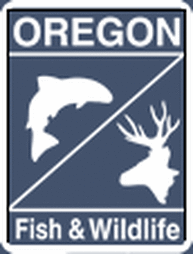
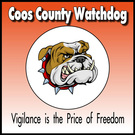
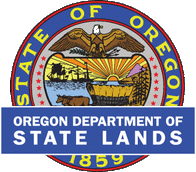
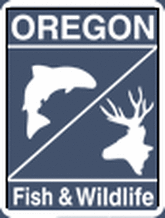
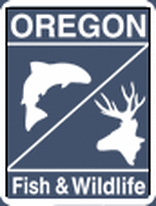
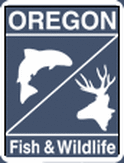
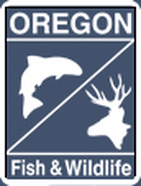
 RSS Feed
RSS Feed
